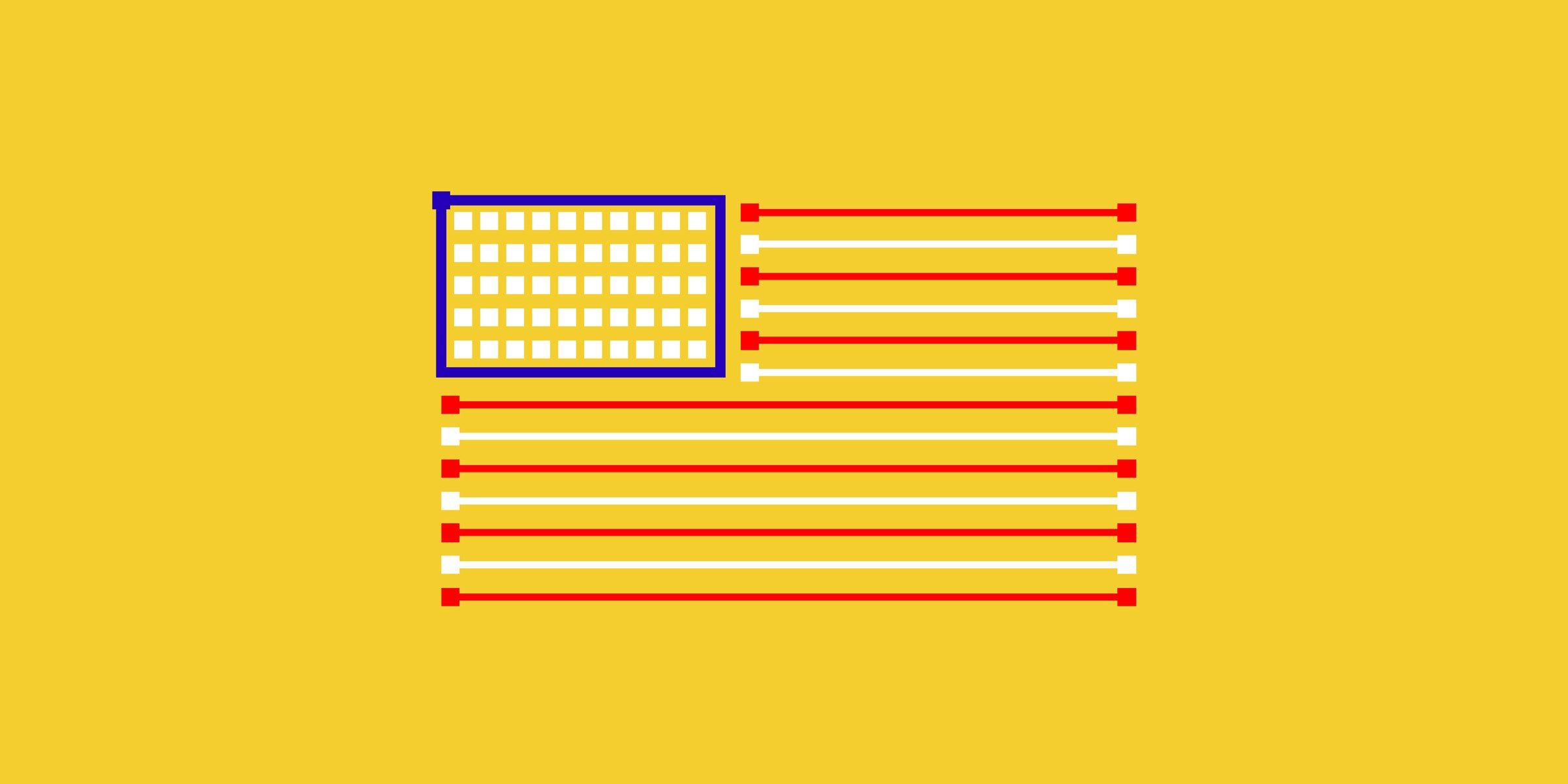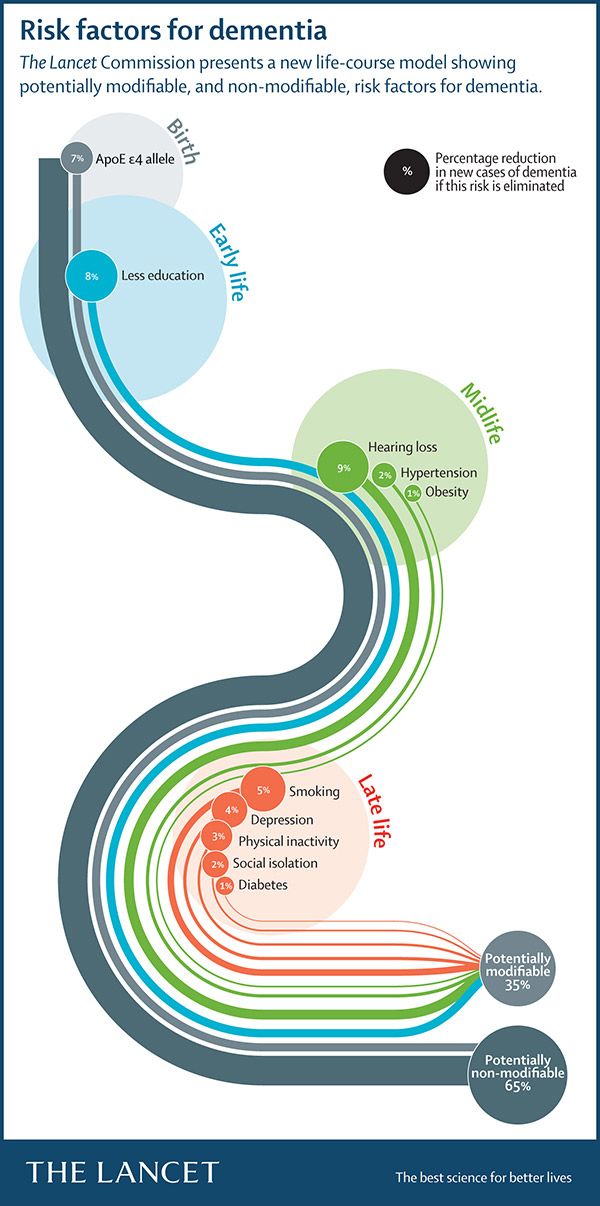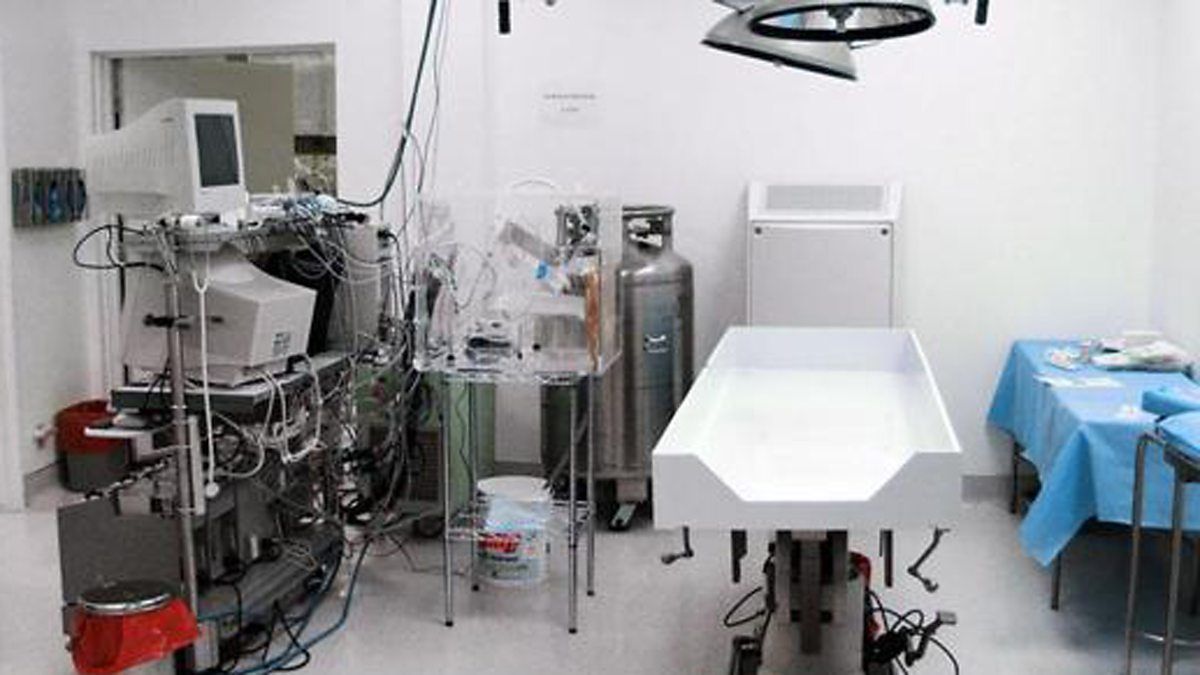Full of antioxidants and vitamins, tea is pretty good for you, and green tea extracts have even been used as effective carriers for cancer drugs. New research led by Swansea University has found a novel way to wring more health benefits out of the stuff, by making quantum dots from tea leaves and using them to slow the growth of lung cancer cells.
Quantum dots are semiconductor particles so small they exhibit strange electrical and optical properties, such as the ability to fluoresce in different colors, or help with certain chemical reactions. Their glowing properties mean they’re showing up in TVs and solar cells, and in medical applications as biomarkers to help doctors precisely locate tumors. They’re also being used to treat cancer, fight antibiotic-resistant bacteria and convert CO2 into liquid fuels.
The problem is, manufacturing them can be a costly and complicated process, and the end results can be toxic. So the Swansea team, along with researchers from Bharathiar University and K. S. Rangasamy College of Technology, set about making quantum dots out of humble tea leaves.







